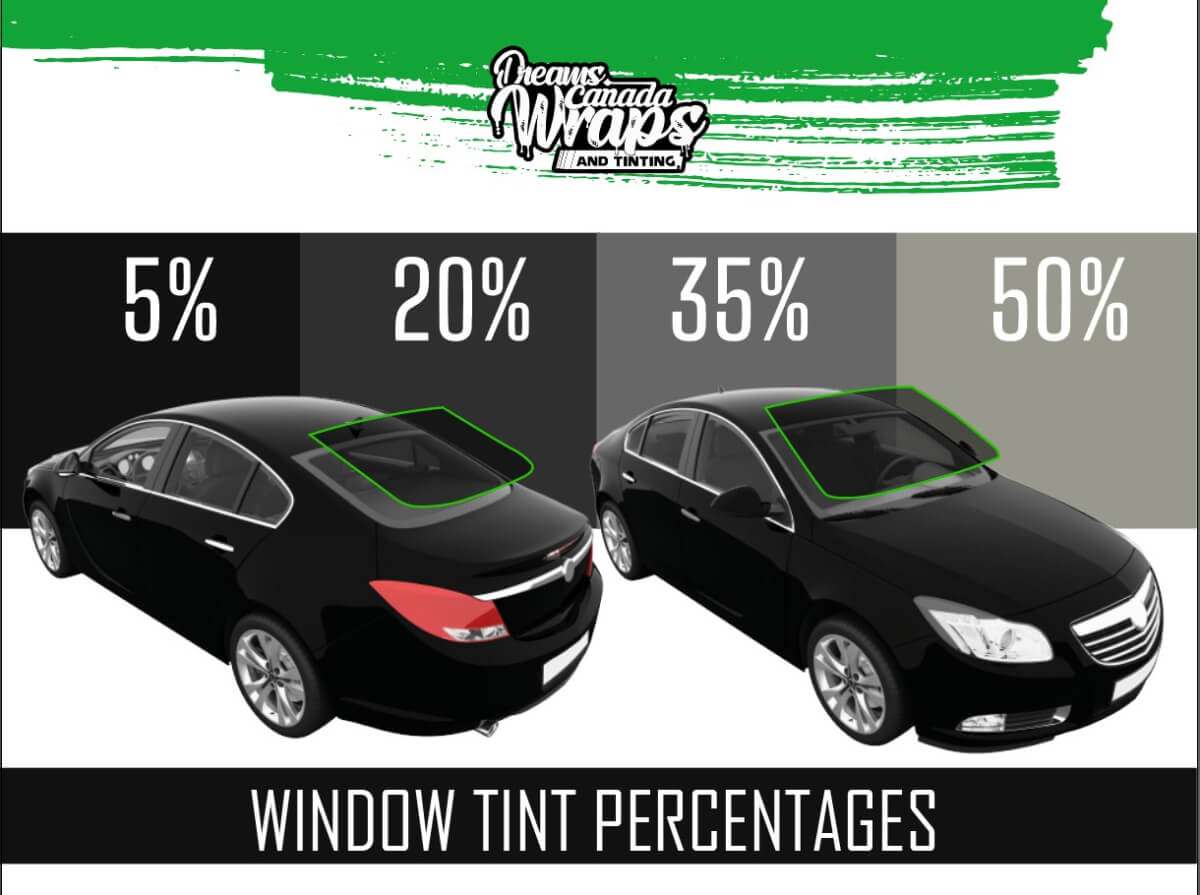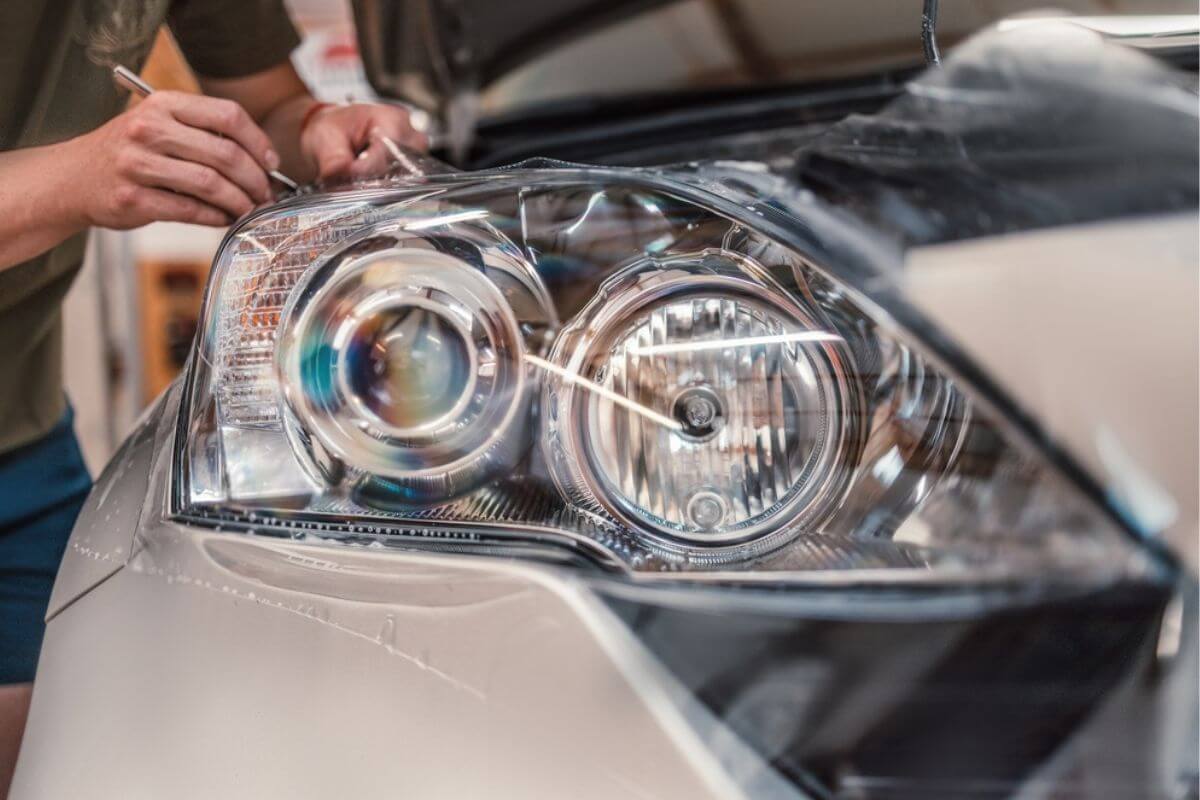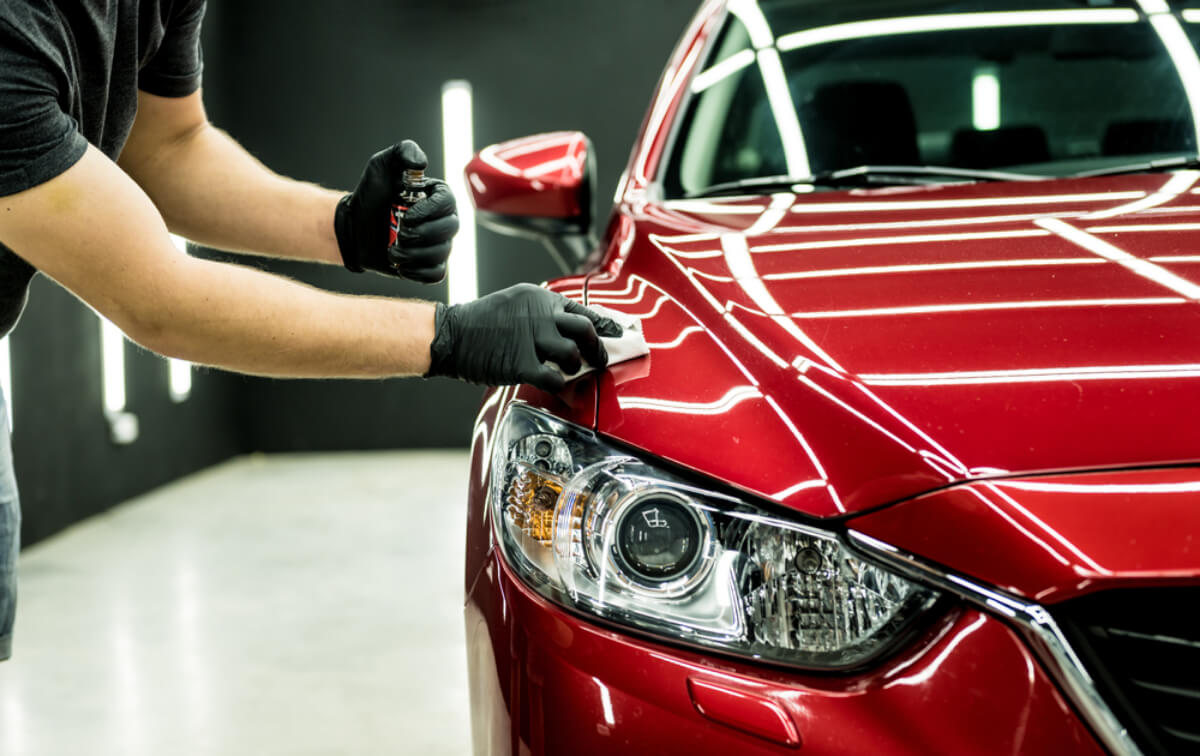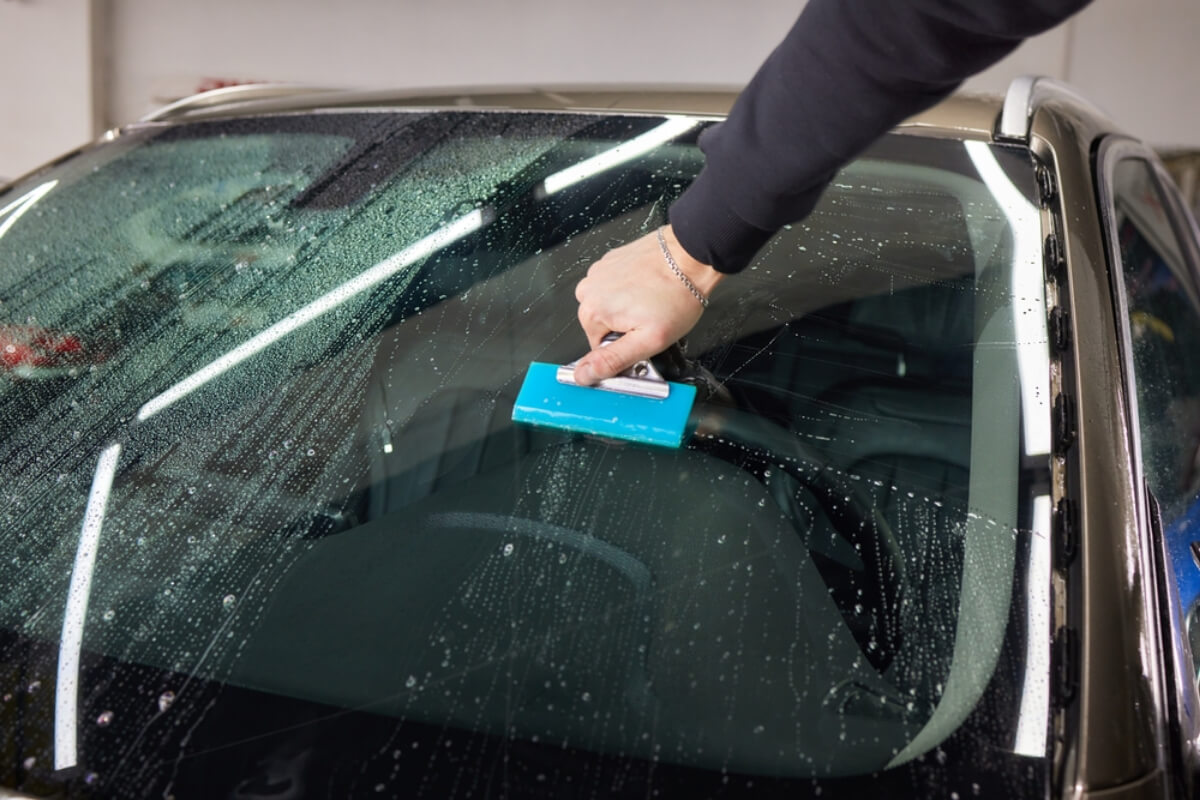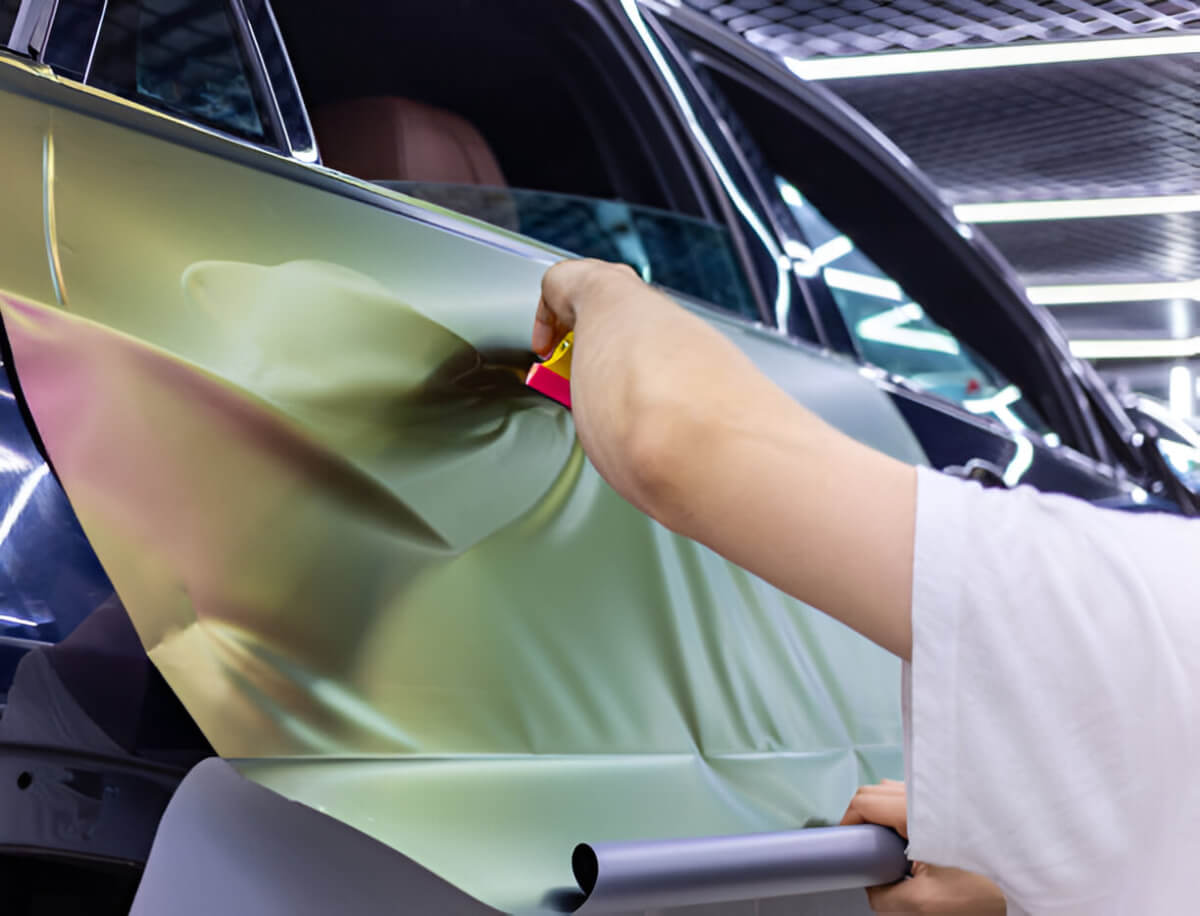Have you ever seen a new car go by with its windows tinted to perfection and wondered at the magic behind it? Or, maybe you’ve wondered, “What is the ideal tint for my vehicle?” If you’re looking up car window tinting in Mississauga and searching for “auto window tinting near me,” you’re in good company – many drivers across the city are doing the same. Picking the right darkness of tint is not nearly as much about having a specific look; it’s a fine line between look, privacy, comfort, and quite frankly, legality.
Window tinting presents a universe of believable advantages. In addition to the added visual appeal, good tints can cut interior heat considerably, block harmful UV rays that damage your car’s interior and protect occupants’ skin, and even shatter-proof glass in the event of an accident. “Window tinting is more than an accessory; it’s an investment in comfort, protection, and privacy,” most car experts would agree. But what is the maximum darkness you can achieve?
Understanding Visible Light Transmission (VLT)
To start, let’s learn how the darkness of tint is quantified: Visible Light Transmission (VLT). It’s a percentage of how much visible light your tinted windows permit to pass through.
- Higher VLT (such as 70% VLT): Lighter tint, permitting more light to pass through.
- Lower VLT (such as 5% VLT): Darker tint, with very little light passing through. (Typically called “limo tint.”)
Therefore, a 70% VLT window may let through 70% of external light. Does lesser VLT always necessarily mean better heat or UV protection performance? Not always! Improvements in tint technology enable even lighter films to be of significant worth.
Canada’s Window Tint Laws: What You Need to Know
Note that window tint laws by state (or provinces, in Canada) vary significantly. There are no federal VLT legislations for side and rear windows; they are made by the provinces and territories instead. One regulation across Canada is, however, that the windshield may not have any type of aftermarket tint below the AS-1 line (a light line usually a few inches down from the top). This is essential for safety and driver visibility.
What is the Legal Tint Limit in Ontario (and Mississauga)?
As Mississauga is located in the province of Ontario, it’s essential for your choice to know what is the legal tint limit is here. Rules for Ontario are particular for various types of windows:
- Front Windshield: Not a lot of space for aftermarket tints on the windshield below the tint line of the manufacturer or AS-1 line.
- Front Side Windows (Front Passenger & Driver): These windows are required to allow a minimum of 70% VLT. They may only be permitted a light, almost imperceptible, aftermarket tint. This rule is very strict for the safety of the general public so that police officers are able to look into the vehicle and drivers have unobstructed vision, particularly at night or dusk.
- Rear Side Windows (Behind the Driver): In cars, there are no VLT limitations on rear side windows. That is more of a convenience for you since you have the option of choosing darker ones. For instance, is 20 percent tint legal on these windows? Yes, it typically is, as are even darker ones.
- Rear Windshield Tint: Unlike the rear side windows, a personal vehicle’s rear windshield has no legal VLT limitations, provided it is equipped with operational side mirrors.
This is to quote the darkest legal window tint for cars you may utilize in Ontario and remain legal.
Choosing the Right Tint Darkness for Your Car
After being sure about the legal window tint percentage, you can then decide on how dark should window tint be for your application. The following are aspects to balance, as part of your individual car window tint darkness guide:
- Heat Reduction: Brilliant tint can keep interior temps cooler. You may not be aware that specific high-performance ceramic tints screen out as much as 98% of infrared heat. This will be felt in cabin comfort, reducing air conditioning requirements and even maximizing fuel efficiency.
- UV Protection: Tinting provides an excellent protection from the harmful ultraviolet radiation of the sun. Any decent tint blocks 99% of UVA and UVB light, meaning your skin is protected from sun damage and the interior of your car (dashboard, seats) from cracking and fading.
- Glare Reduction: Tints will cut blinding sunlight glare, headlights, and reflective glares. This is more comfortable to drive and removes eye strain, resulting in safer driving.
- Privacy & Security: A darker tint on back windows will provide greater privacy for the occupants and discourage opportunistic thieves by not displaying coveted items to view within.
- Aesthetics: A darker shade provides a style-conscious, individualized appearance many motor vehicle owners seek.
In determining the most suitable tint percentage for cars, weigh your need for such benefits against requirements for visibility, particularly for front windows. A tint percentage chart for cars by a professional installer can help you notice the various shades of darkness.
Enforcement, Inspection and Staying Compliant
How do police check tint levels? Police officers generally utilize handheld VLT meters, which do a precise job of measuring the light that can go through your windows. If the illegal tint on your car is not up to legal standards, you can expect to be fined $85 to $500 in Ontario, along with being ordered to have the illegal tint taken out.
“Compliance isn’t merely not receiving a ticket; it’s about being part of road safety for all,” cautions a seasoned traffic safety officer.
Why Choose Professional Car Window Tinting?
Even if a DIY tint might be something you’d think about, professional auto window tinting near me provides precision, quality, and most importantly, legality. Professionals are aware of the ins and outs of window tint laws by state (or province) and can assist you in choosing the best tint percentage for car that satisfies both your wants and legal limitations. They apply the highest equipment and techniques to remove bubbles, peeling, and fading, so your investment is worth it.
At Dreams Canada Wraps, we take pride in offering excellent car window tinting in Mississauga. In addition to tinting, we also offer services like headlight tinting Mississauga, so you can be in a position to have a complete and personalized and compliant appearance for your vehicle. We take pride in our work and clients, so that your vehicle is the best for all the good reasons.
Conclusion
Selecting how dark should window tint be on your vehicle is a vital choice, combining individual preference and regulatory standards. Having some understanding of VLT percentages, being cognizant of Ontario’s specific legislation, and balancing the practical benefits like UV blocking and heat reflection, you can make the most informed possible decision. For peace of mind and a flawless finish, having your car left in the expertise of auto window tinting near me is your car in good looks and being within the law.

